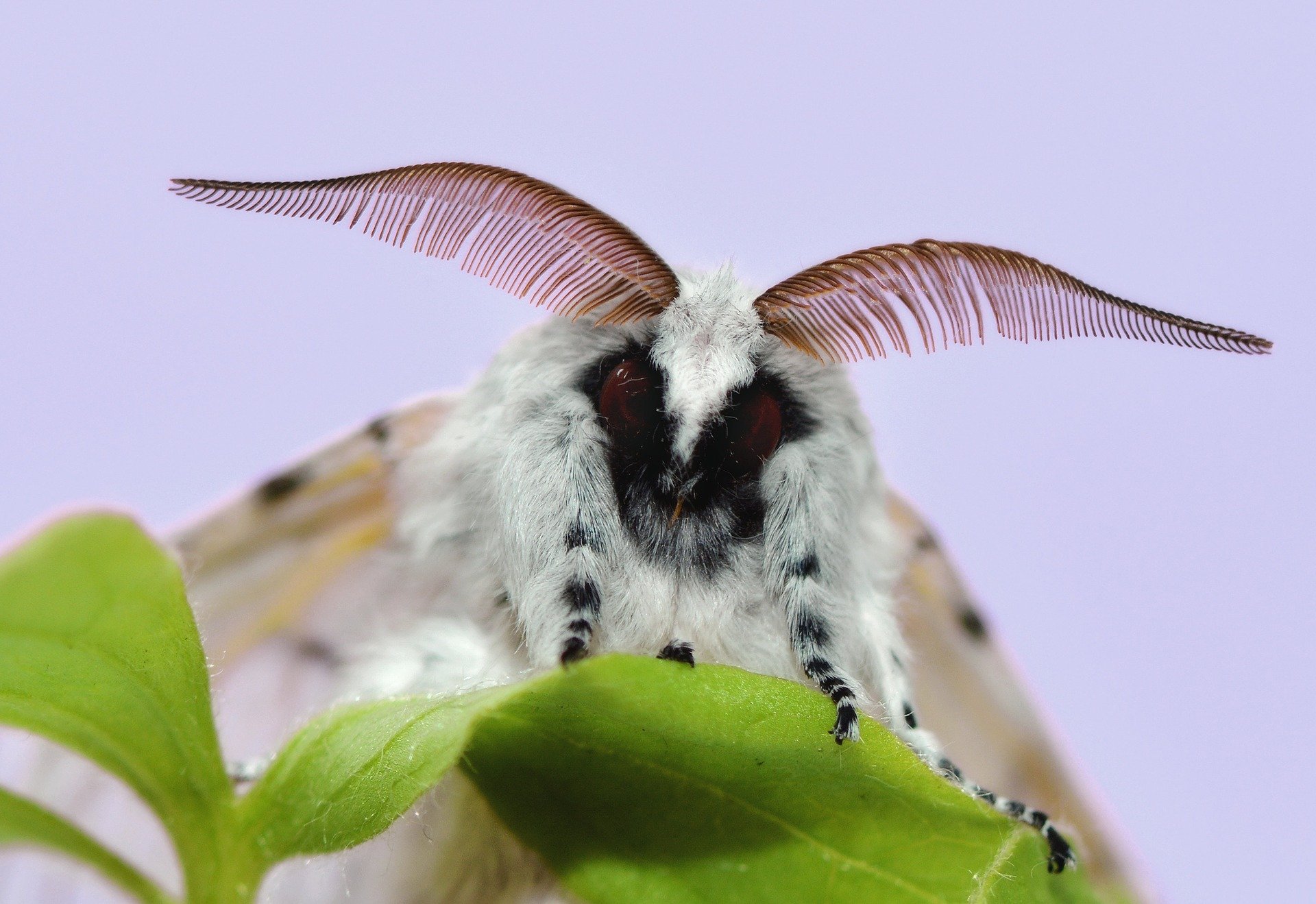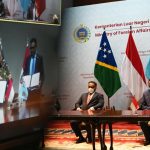Indonesia has 12,000 species of moth

Bogor, W Java (Indonesia Window) – Indonesia has at least 12,000 species of moth, or five percent of the total 160,000 species of lepidoptera in the world.
Moths are known as pests, but not all of these animal groups harmful to humans, according to a statement from the Indonesian Institute of Sciences (LIPI) received by Indonesia Window here on Wednesday.
Several groups of Larvae geometridae, which are known as forest plant defoliators, are not categorized as pests.
In fact, those groups have a very important role in maintaining the health of forest vegetations.
In addition, moths also play a role in pollinating, producing silk threads, giving natural indicators of environmental change, and providing protein.
Data
Unfortunately, data and information on moths in the archipelagic country have not been available.
“Data and information on moths are still very few. Complete information is only about the types of insect interceptors in agriculture, plantations and forestry” a zoologist at LIPI, Hari Sutrisno, said in an oration entitled the Role of Moth Systematics to Support Its Effectiveness in Pest Control, which was delivered on Tuesday (Oct 6).
He pointed out that strong systematic knowledge will be able reveal the diversity and composition of moth species in certain ecosystems and provide information on ecosystems that have been disturbed by human activities.
“Based on the data, we can predict the possibility of an explosion in the population of certain types of pests in an area and reveal new types of moth pests,” said Hari who is the 147th research professor at LIPI.
All such systematic information, according to him, will increase the effectiveness of integrated pest control.
Moth systematic studies in Indonesia have been carried out since the Dutch colonial era to the present.
Researches on moth in the future will be more intended to reveal the types of moths in the eastern part of Indonesia.
Besides developing a genomic database, integrating digital data along with control systems and information systems is important to solve moth-related problems in the future.
“The application of artificial intelligence or barcode and biosensor can reveal the types of pests and monitor their presence. There should be a synergy among biosystematics, bioinformatics, and control system experts to produce such tool,” Hari said.
He continued, as an environmental bioindicator, moths are part of an early warning system that could prevent ecosystem damage and pest explosion in an area.
Reporting by Indonesia Window










